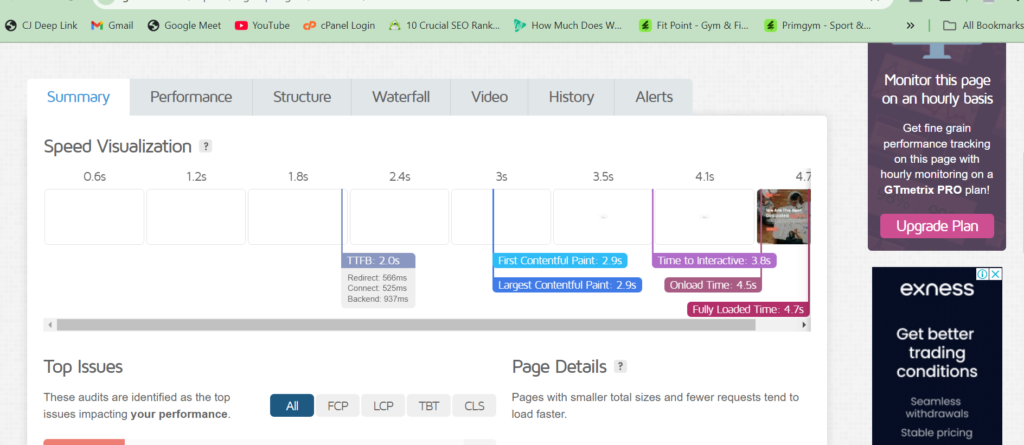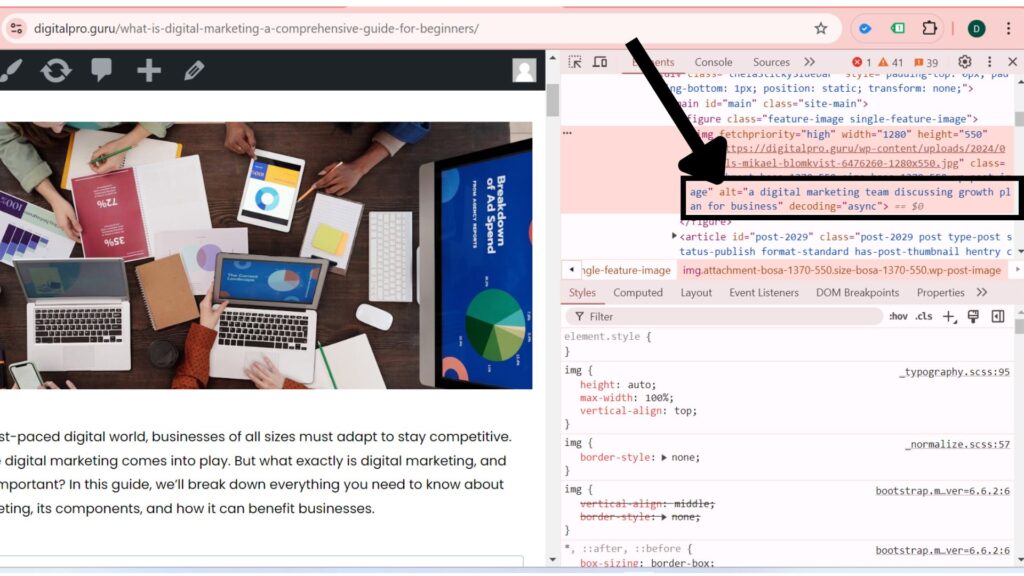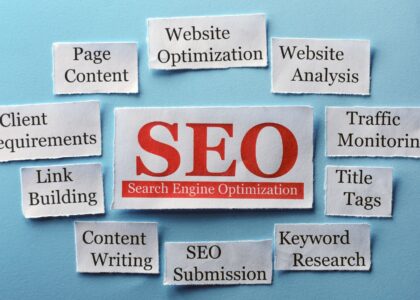On-page SEO, also known as on-site SEO, involves optimizing individual web pages to improve their search engine rankings and attract relevant traffic. This optimization focuses on both the content and the HTML source code of a page. By tailoring these elements, you can enhance your website’s visibility and provide a better user experience.
Table of Contents
What is On-Page SEO?
On-page SEO refers to the practice of optimizing individual web pages to rank higher in search engine results and attract more relevant traffic. It involves adjusting both the content and the HTML source code of a page to make it more search engine-friendly and user-centric. The goal is to ensure the page delivers a seamless, informative, and valuable experience to users, aligning with search intent.
Key Elements of On-Page SEO
1. Optimizing Content for User Intent
At the heart of successful on-page SEO is understanding user intent. Your content should directly address the needs of your audience by answering their queries and solving their problems. Search engines reward content that is relevant and valuable to users, so make sure your content aligns with what your audience is searching for.
2. Strategic Keyword Placement
Integrating targeted keywords throughout your content is essential for helping search engines understand the focus of your page. Include these keywords in key areas such as:
- Title tags
- Meta descriptions
- Headings (H1, H2, etc.)
- Body text
However, avoid keyword stuffing—use them naturally to maintain readability and user engagement.

3. Optimizing Page Speed
A fast-loading website is critical for both user experience and SEO. Slow pages increase bounce rates, which can hurt your rankings. Use tools like Google PageSpeed Insights to evaluate your site’s speed and implement improvements such as compressing images, minifying CSS and JavaScript, and leveraging browser caching.

4. Descriptive and SEO-friendly URLs
URLs should be clear, concise, and contain your target keyword. A well-structured URL not only helps search engines understand the content of your page but also improves user experience. Example:
- Good URL:
https://digitalpro.guru//what-is-on-page-seo - Bad URL:
www.example.com/xyz125674589$sfiv-5%cdn
5. Crafting Unique Title Tags
Your title tag is one of the most important elements for on-page SEO. It should include your primary keyword and be compelling enough to encourage clicks. Limit your title tag to 50-60 characters to avoid truncation in search results.
Example:
“Affordable Digital Marketing Services in Noida | digitalpro.guru”
6. Compelling Meta Descriptions
While meta descriptions don’t directly impact rankings, they influence your click-through rate (CTR). Write clear, concise descriptions that include relevant keywords and encourage users to click on your link.
Example:
“Discover the best SEO and PPC services in Noida. Safe, reliable, and affordable Stategies for your Business.”
7. Heading Tags for Better Readability
Breaking up your content with heading tags (H1, H2, etc.) makes it easier to read and understand. It also helps search engines index your content more efficiently. Use your main keyword in your H1 tag and related keywords in subheadings (H2, H3, etc.).
Example of headings:
- What is On-Page SEO? <H1>
- Benefits of On-Page SEO <H2>
- How to Choose the Right SEO Services for you <H3>
8. Alt Text for Images
Search engines can’t read images, so they rely on alt text to understand them. Always include descriptive alt text for images and videos to enhance accessibility and improve image rankings in search results.
Example of alt text:

On-Page SEO vs. Off-Page SEO
Search engines can’t read images, so they rely on alt text to understand them. Always include descriptive alt text for images and videos to enhance accessibility and improve image rankings in search results.
Example of alt text:
“Golden Retriever playing at a dog daycare center in [City].”





